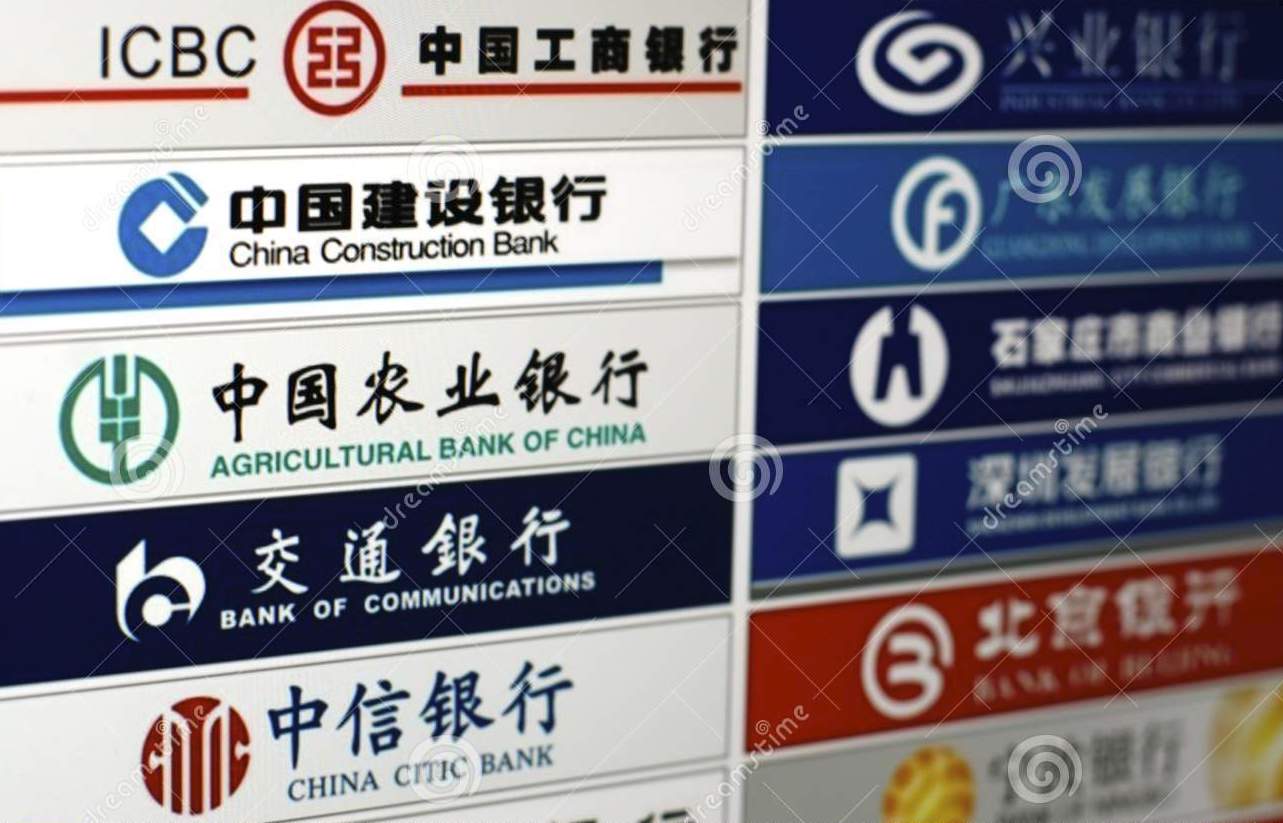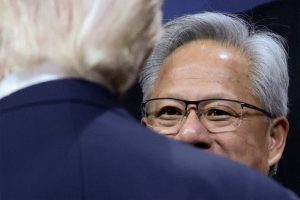(ATF) – Amid financial fears due to the Covid-19 crisis in China and abroad, funds have poured into bonds. But bond yields have been shrinking, and small and medium-sized banks are increasingly under pressure with the reversal of assets and liabilities.
Although rural commercial banks, city commercial banks, and other small and medium-sized banks can outsource investment with a scale of 4-5 trillion yuan, the competition in the entire market has become very fierce, and more institutions are recommending investment strategies with net worth products to attract small and medium-sized banks. However, these banks lack resources to do proper due diligence and are skittish about investing their limited funds.
Zhang Zhongchao, the assistant general manager of Ping An Trust, said that since last September, the scale of outsourcing of Ping An Trust bonds and the number of partners have increased significantly. But Zhang said market competition will be more intense in the future – so institutions need to stand out. On the one hand, they must realise that sharing bond investment research, credit ratings, trading systems and investment strategies to help small and medium-sized banks improves their bond investment allocation capabilities. But they must also give full play to the advantages of professional investment in urban areas and real estate. They must realise the linkage between standardised assets and non-standard assets, as well as primary and secondary links, domestic and overseas links, and the company’s special asset investment team to form its own development characteristics.
A person from the asset management department of a city commercial bank told the 21st Century Business Herald that the annualised interest rate of structured deposit products issued recently by his bank was about 4%, which was the same as the end of last year. But the 10-year government bond yield of the key investment of wealth management funds had dropped to 2.757%, a decrease of 42 basis points from the end of last year.
“In the past, the repeated leveraged repurchase of treasury bonds was intended to amplify the leverage of funds and obtain high returns on bond investments. However, under the new rules on asset management, banks’ leverage on bond returns has been limited, and this set of measures has failed,” the banker told the newspaper.
Asset shortage
“We are now facing an asset shortage, and we cannot find suitable high-yield and low-risk assets that effectively cover the financing cost of the debt end,” he said bluntly.
However, the central bank recently issued the “People’s Bank of China’s Notice on Strengthening the Management of Deposit Interest Rates”, which requires lowering the interest rates on bogus structured deposit products, to ease the pressure on asset-liability income inversion.
In China, people working in sensitive positions need to remain anonymous, because of fears they might be sacked, or worse. A person from the asset management department of a rural commercial bank admitted that his rural commercial bank was worried that if the interest rate of a structured deposit product was the same as that of the big banks, it may cause deposit relocation and customer churn.
“Our bank requires that the annualised interest rate of wealth management products still be higher than local branches of big banks by 10-15 basis points. We are also considering diversified funds to participate in outsourced investment. However, affected by the new rules on asset management, this measure has not yet been implemented.”
The person in charge of the asset management department of the above-mentioned city commercial bank said that after the Fed substantially cut interest rates and the US$700 billion quantitive-easing (QE) plan, if the People’s Bank of China follows up to lower interest rates, it would cause bond yields to fall further.
Rate cut?
Liu Linan, head of macro strategy for Deutsche Bank Greater China, predicts that with the Federal Reserve’s sharp interest rate cut and QE launch, the People’s Bank of China may reduce the benchmark seven-day repo rate and the mid-point price in the next few weeks to 1.5% to 2.25%. The medium-term loan facility (MLF) interest rate is 0.1 to 0.15 percentage points, and the one-year deposit benchmark interest rate also has room for a 0.25 percentage point reduction.
“We are also considering increasing investment in ABS (Asset-Backed Securities), urban investment bonds, real estate corporate bonds, REITS-like products and convertible bonds in order to improve asset-side returns,” the city commercial bank asset manager said. But, the move was subject to risk control departments who opposed to those ideas on the grounds that the epidemic has caused some local governments to tighten fiscal revenue and operating cash flows, weakening refinancing capabilities, so increased investment efforts may put themselves at higher risk.
The NDRC, though, is speeding an expanded special bond issuance programme for struggling local governments. And, in view of the current large fluctuations in the financial markets, the bank risk control department requires the asset management department to allocate most of its funds to assets with high liquidity and high credit ratings. However, most short-term asset returns with high liquidity and high credit ratings have been extremely low yield – less than 0.8%.
‘Misguided transactions’
Due to the limited investment scope, small and medium-sized banks face an increasing shortage of assets. At present, it is only possible to pay higher prices for bonds to obtain trading spreads. “Since March, due to the greater fluctuations in bond prices, the asset management department has made ‘misguided transactions’ three times, resulting in an additional 5.5 basis points in bond trading losses,” the above-mentioned city commercial bank asset manager said.
Earlier, the central bank issued the “People’s Bank of China Notice on Strengthening the Management of Deposit Interest Rates”, which requires that the structured deposit guarantee rate will be included in the scope of management. The city banker told the paper: “But we do not want to significantly reduce the interest rate of structured deposit products. Once the product interest rate is equal to similar products of the big banks, customers and deposits will ‘move’.”
“At present, the inversion of our asset-side leveraged bond portfolio and debt-side financing costs is still 30-40 basis points, which can only be resolved through internal absorption,” he revealed.
The balance of assets and liabilities of small and medium banks is upside down, allowing some financial institutions involved in outsourcing investment to find new business opportunities. A person in charge of the bond investment department of a trust company revealed that since the end of last year, they have actively carried out roadshows to small and medium-sized banks, suggesting that banks put up more wealth management funds and obtain high returns through outsourced investment.
The above-mentioned trust company said that small and medium-sized banks have limited investment research capabilities and can only focus on investment in national debt and other types of products. The US dollar debts have been thoroughly researched to find some low-risk high-yield asset allocations.
“For example, some AA + rated urban investment bonds will not be allocated as long as we find out that the epidemic poses greater pressure on the local economic development. On the other hand, some AA-rated returns have higher urban investment bonds. If the local economic recovery is better than expected, and fiscal revenue is relatively stable, there is confidence to increase investment,” the trust company sources pointed out.
However, under the requirements of the new asset management regulations, small and medium banks are still cautious about outsourcing investment. On one hand, the requirements for the shareholder’s background, historical performance, management scale, investment strategy, liquidity status, and the team stability of the outsourcing investment partner are quite high. Unless it is a large domestic financial institution and has the ability to give the risk, it may not dare to cooperate. On the other hand, some small and medium-sized banks also put forward individual requirements, including deep participation in the investment operations of external single entrusted accounts, and they even require the right to veto certain low-credit bond investment decisions.
Source: 21st Century Business Herald http://www.21jingji.com/
























